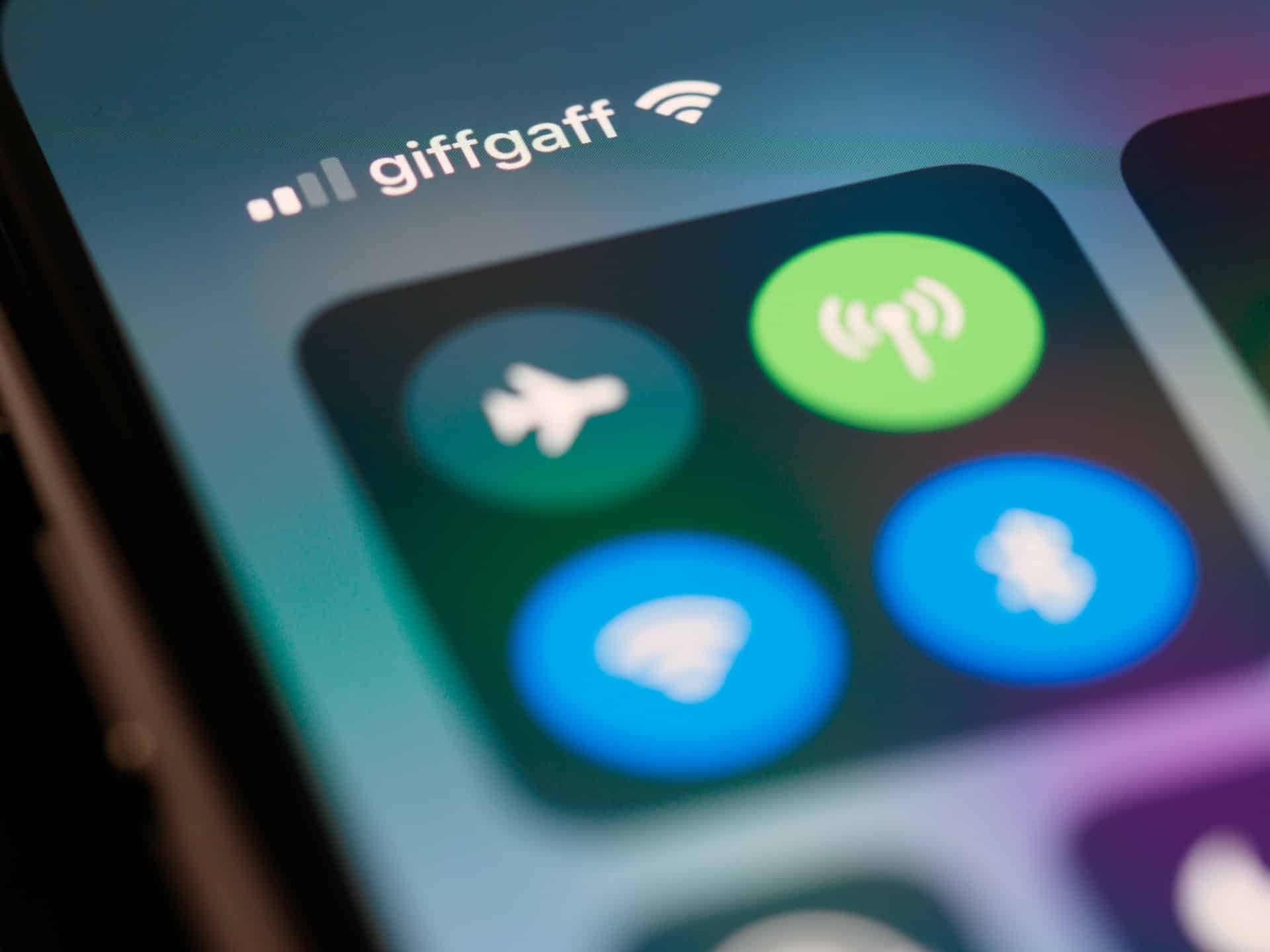Almost all people in today’s world are using the Internet to fulfill their tasks on a daily basis through a wired or wireless network. The need for a fast and reliable connection is now as ubiquitous as indoor plumbing. We cannot deny the fact that getting on the grid is already a huge part of our everyday lives.
Those with access to the Internet can quickly go online shopping, chat with friends and family, do online banking, do business with other clients across the globe, and book recreational activities right in the comfort of their own homes. The list goes on.
It has also shaped businesses, organizations, the government, military forces, the healthcare industry, and other institutions. Opportunely, it has changed the way we live and communicate.
IMAGE: UNSPLASH
We are currently using WiFi or Wireless Fidelity, and for several years now, it has paved the way for advanced applications and services that helped bridge the gap between rural and isolated geographies. It also provided an opportunity for developing economies.
There is so much to list when it comes to the benefits of a wireless network. However, just like any technology, innovation and revolutionary advancement are highly necessary.
In 2011, LiFi technology was introduced by its pioneer during his TEDGlobal Talk. German Physicist and Mobile Communications Harald Haas from the University of Edinburgh has demonstrated the use and the promising advantages of LiFi.
The Future Of Wireless Networks
LiFi, short for Light Fidelity, is an emerging wireless communications technology that transmits signals via light. It is an intriguing development from the radiofrequency spectrum that WiFi utilizes.
LiFi networks are bi-directional. It means that the network has uplinks and downlinks that can be formed between the transmitter and receiver simultaneously.
It is not a different way to get internet but rather a new way to deploy internet. While WiFi is a functional platform for business infrastructures to operate their enterprises, it is not a perfect network. There are limitations to radio-based connections.
According to Statista, the number of households with fixed subscriptions already reached over 120 million from 2000-2020 in the United States alone. Global Mobile Data Traffic Forecast Update from 2017-2022 also presented a figure that mobile data traffic will increase by about 77.5 exabytes per month in 2022.
These numbers are a clear indication that we need a revolutionary network that can accommodate this skyrocketing demand. In the coming years, could our current RF spectrum-reliant WiFi keep up?
Advantages Of LiFi
LiFi technology holds a handful of promising advantages over WiFi. These are the benefits LiFi can bring to the table.
Higher Availability. When there is converted LED light, you can connect to the internet. Any household or business that uses LED bulbs as light fixtures already has the perfect setup for the deployment of the system. Haas mentioned that their goal is to deploy about 14 billion converted LED lights to ensure that wherever we go, we can conveniently connect to the Internet without any fuss.
Better Security. Our current WiFi network is susceptible to hacking because radio waves can pass through walls. LiFi, on the other hand, can be contained within the room or facility. It is not easy to breach and people from outside the confines of the light signal won’t be able to hijack its signals.
Super Speed & Capacity. LiFi can transmit high volumes of data at very high rates without causing speed problems to your connection. The visible light spectrum is also much larger than the radiofrequency spectrum which means that the number of people who can connect to the LiFi network is way higher. It can solve the overcrowding issue of WiFi’s RF space.
IMAGE: UNSPLASH
If you are interested in even more technology-related articles and information from us here at Bit Rebels, then we have a lot to choose from.


COMMENTS